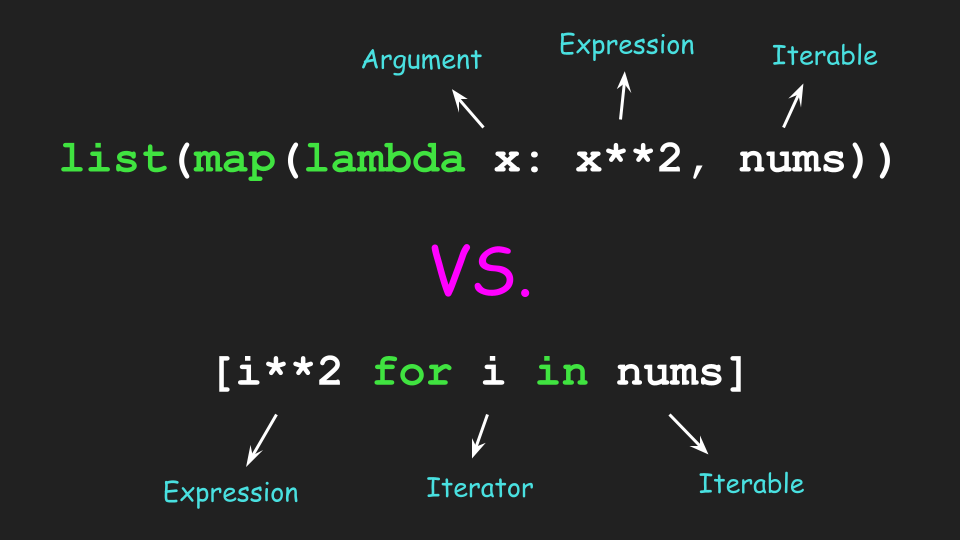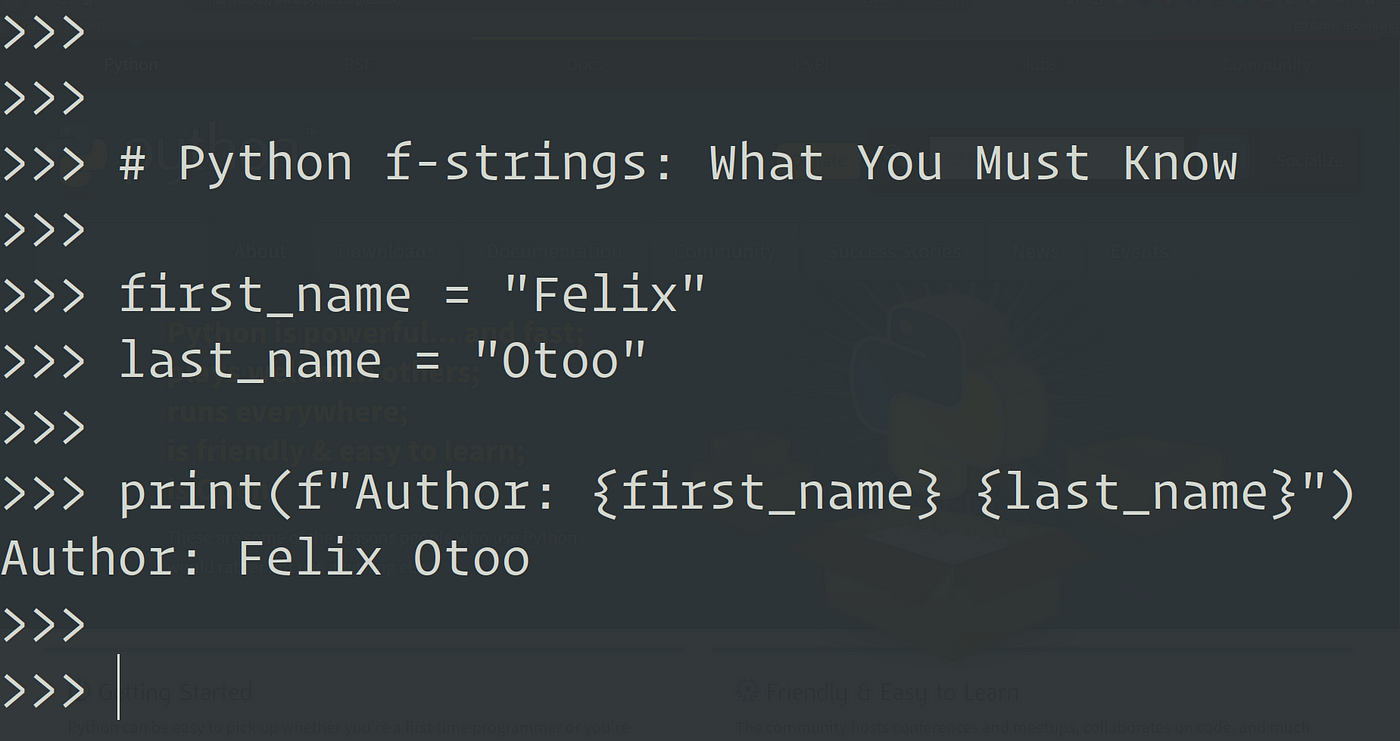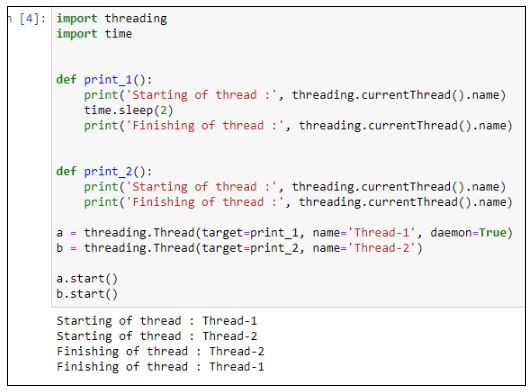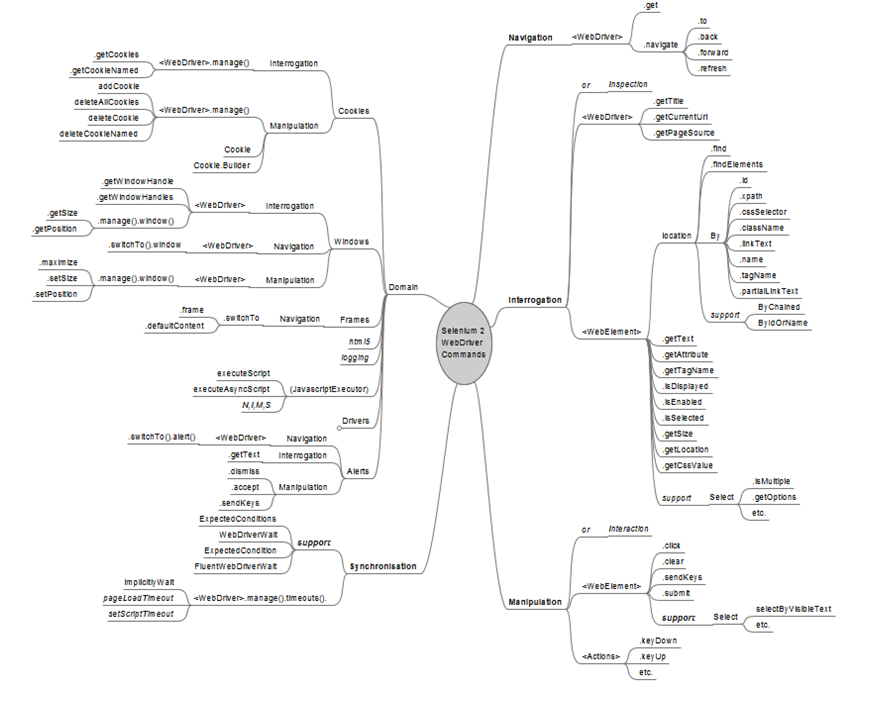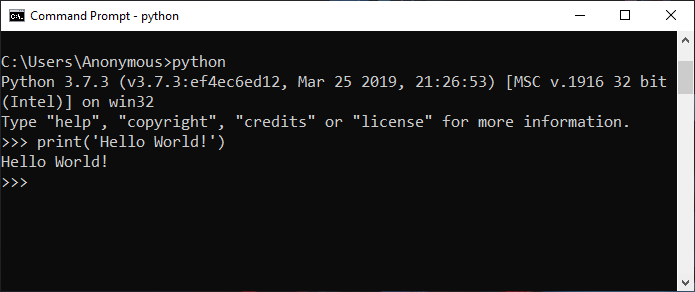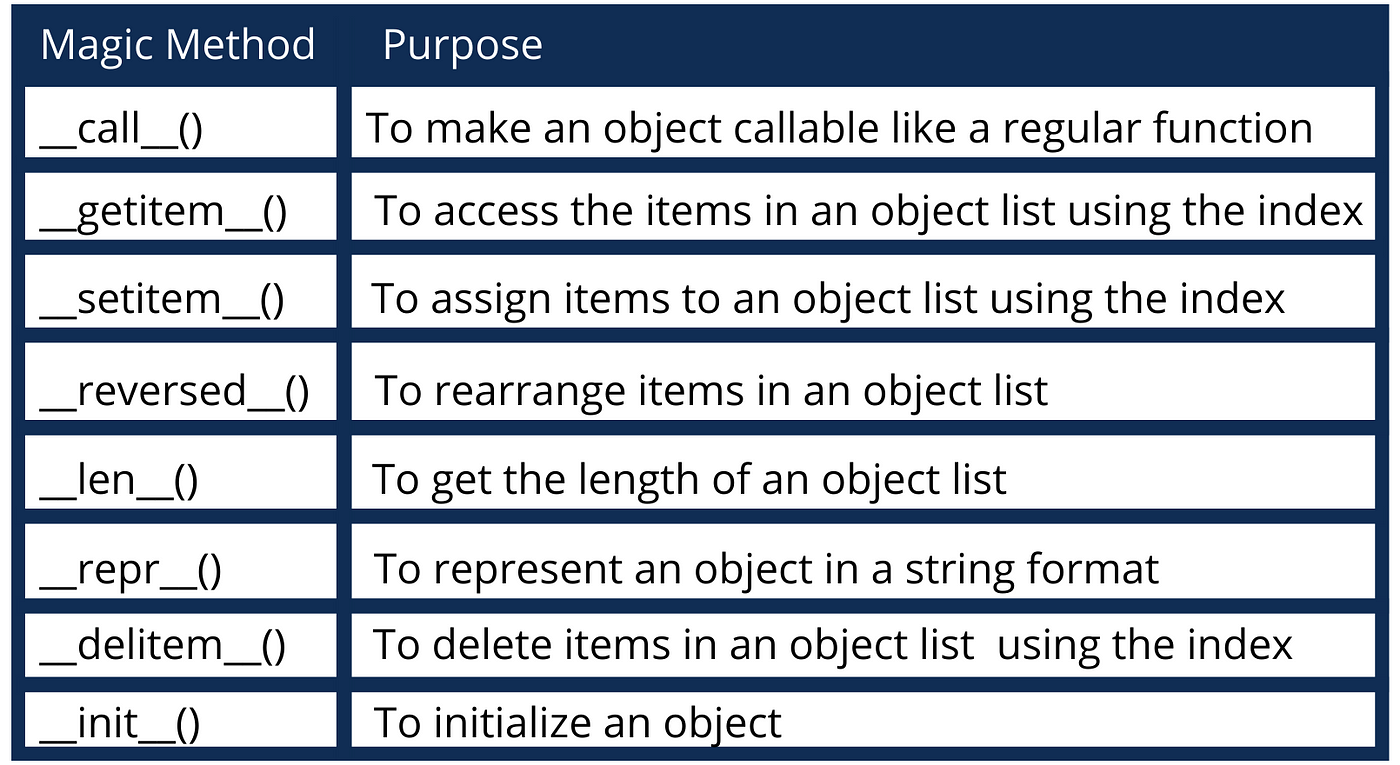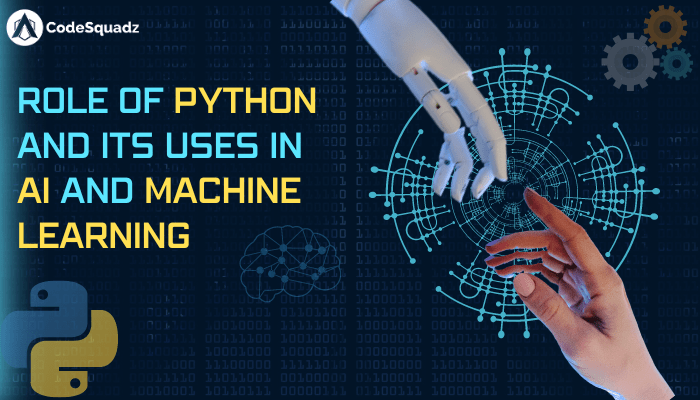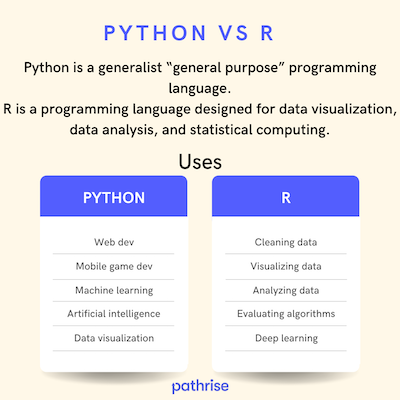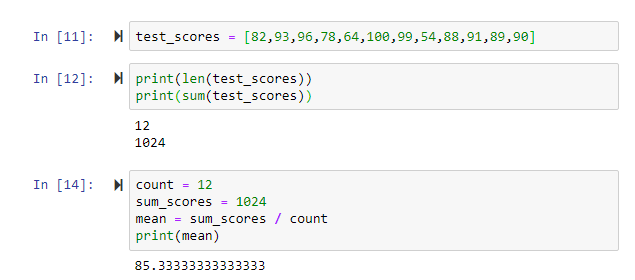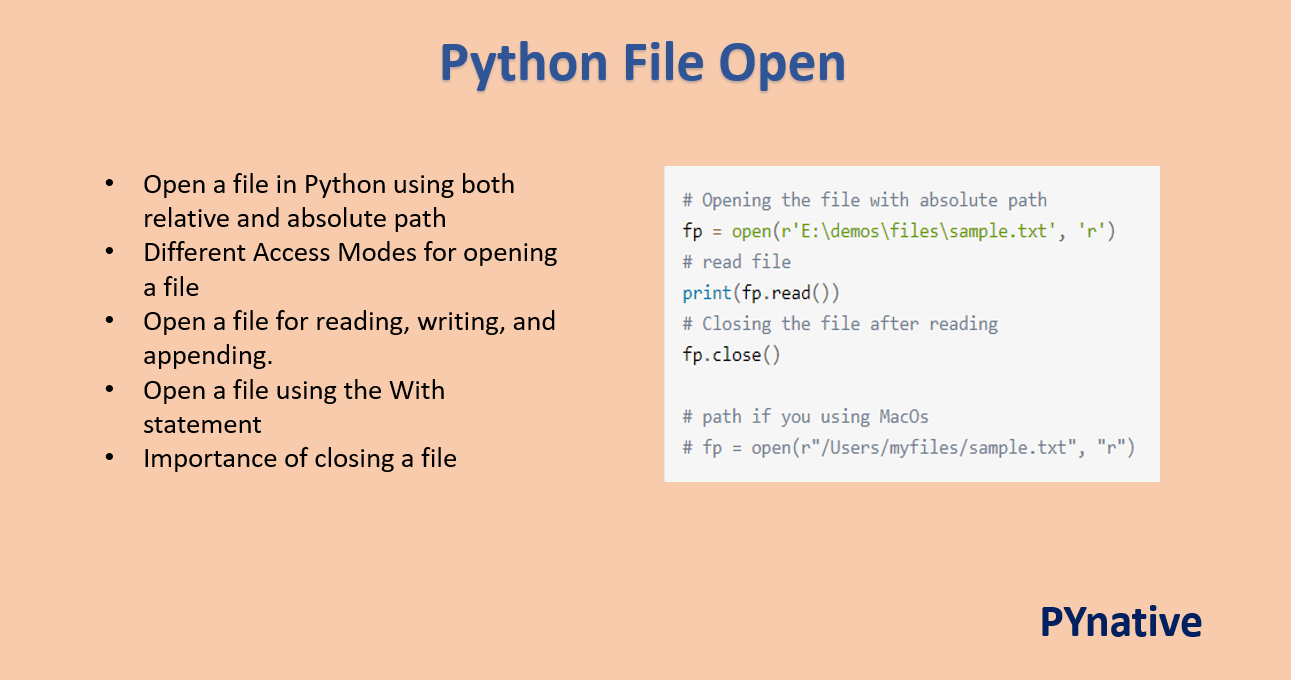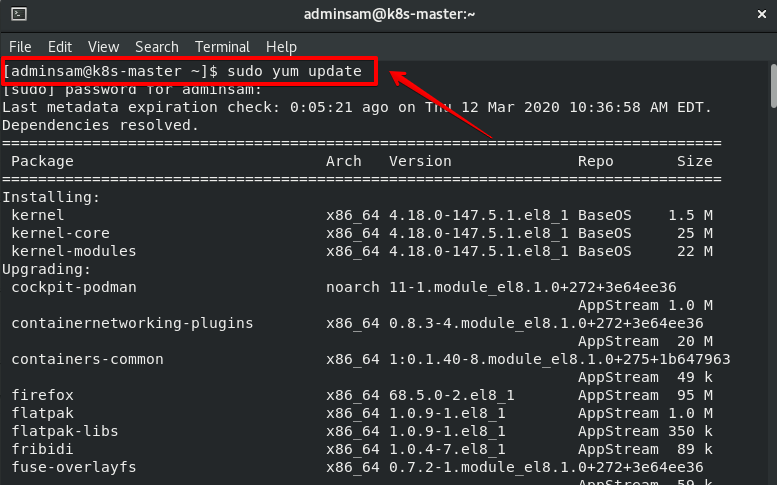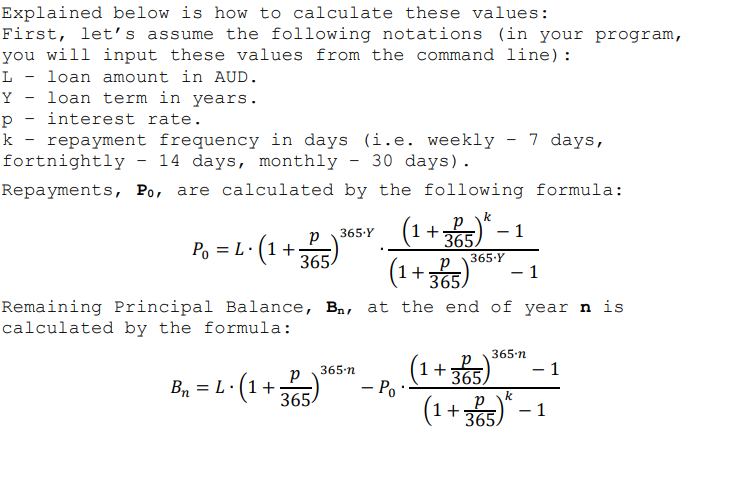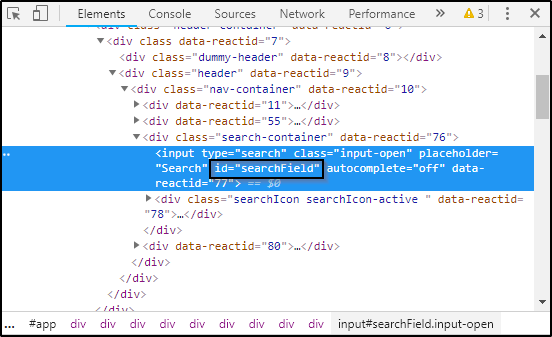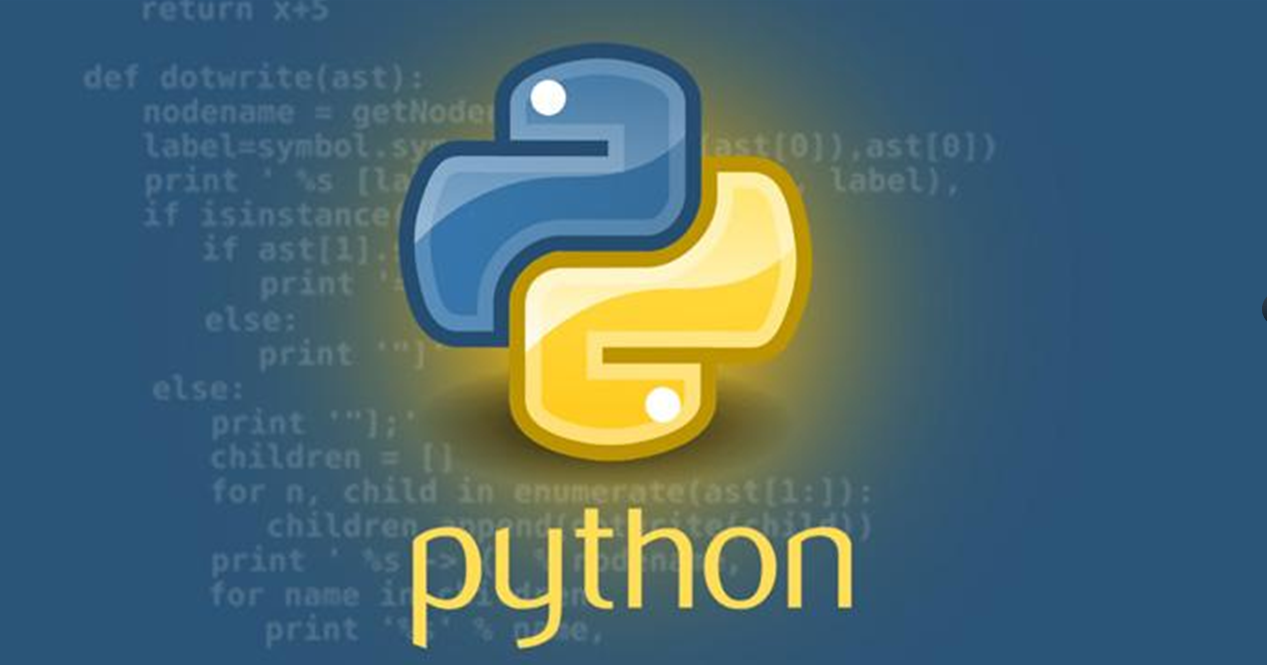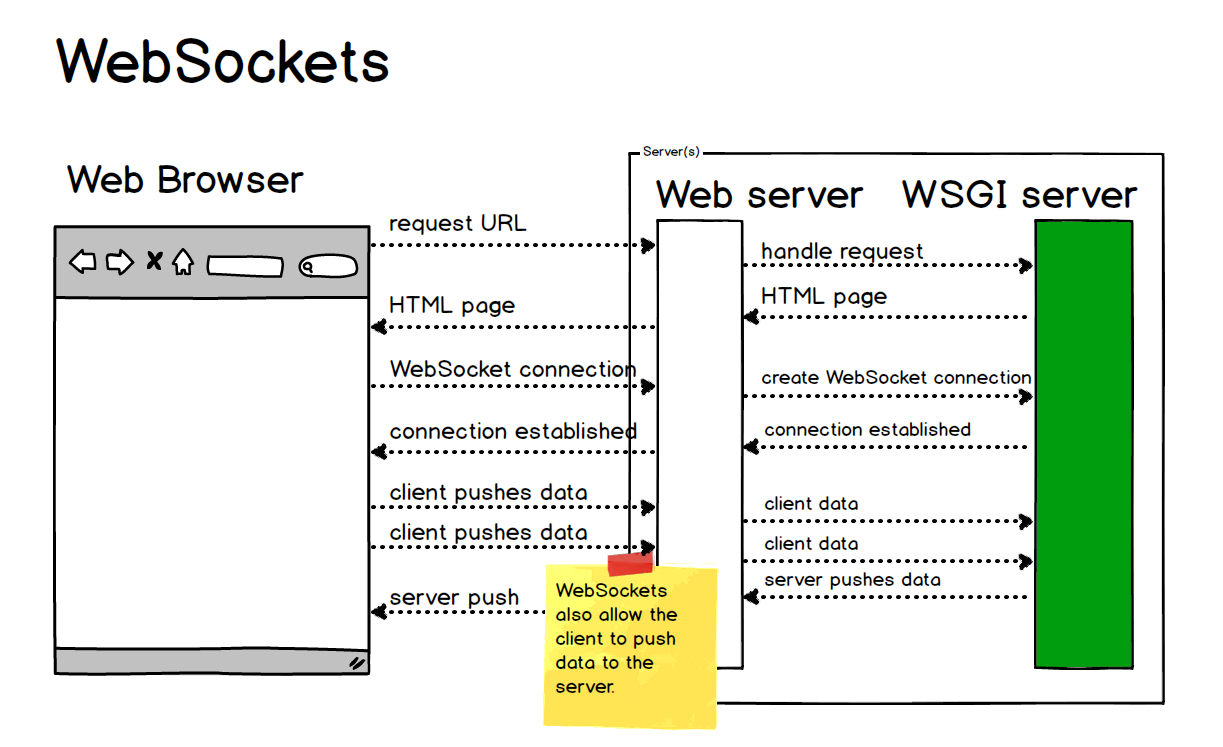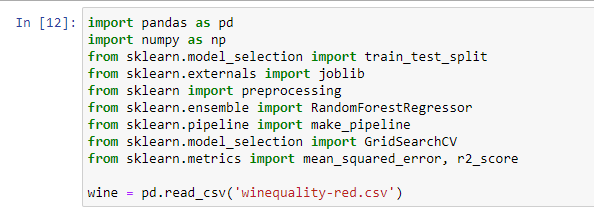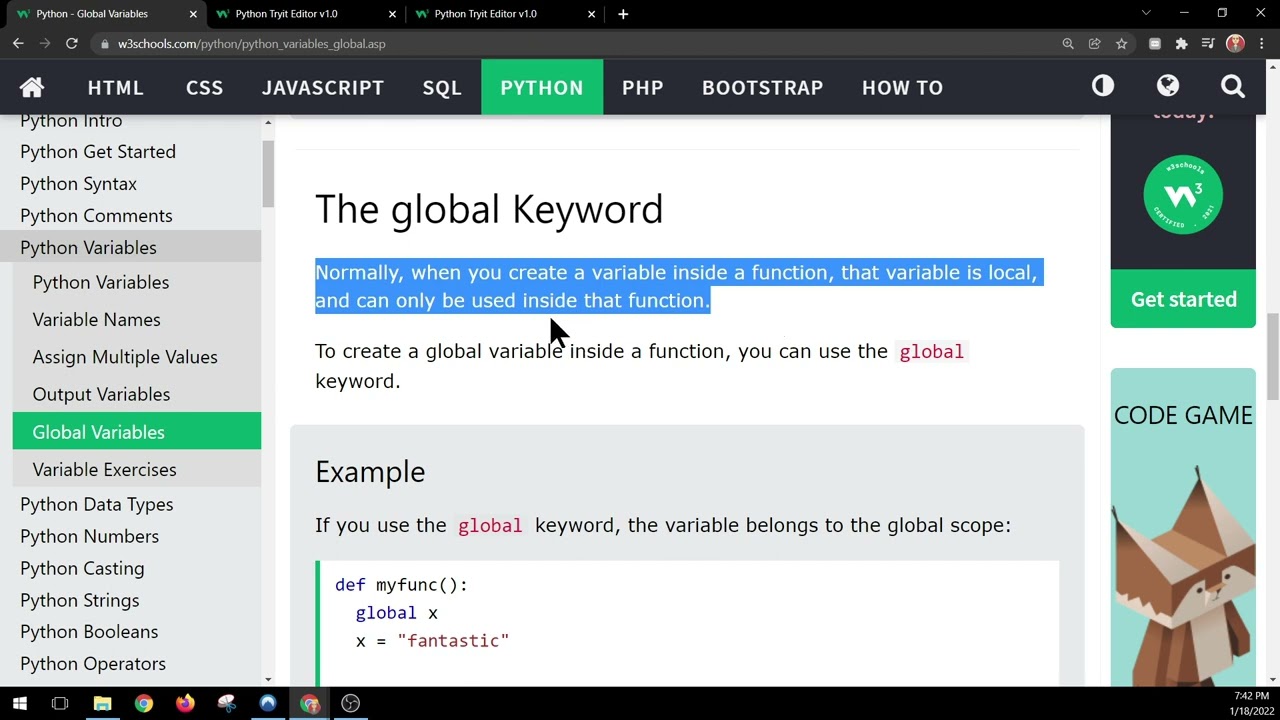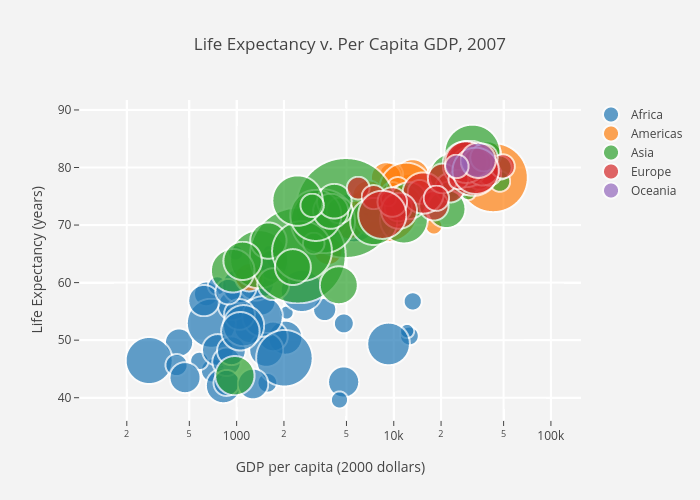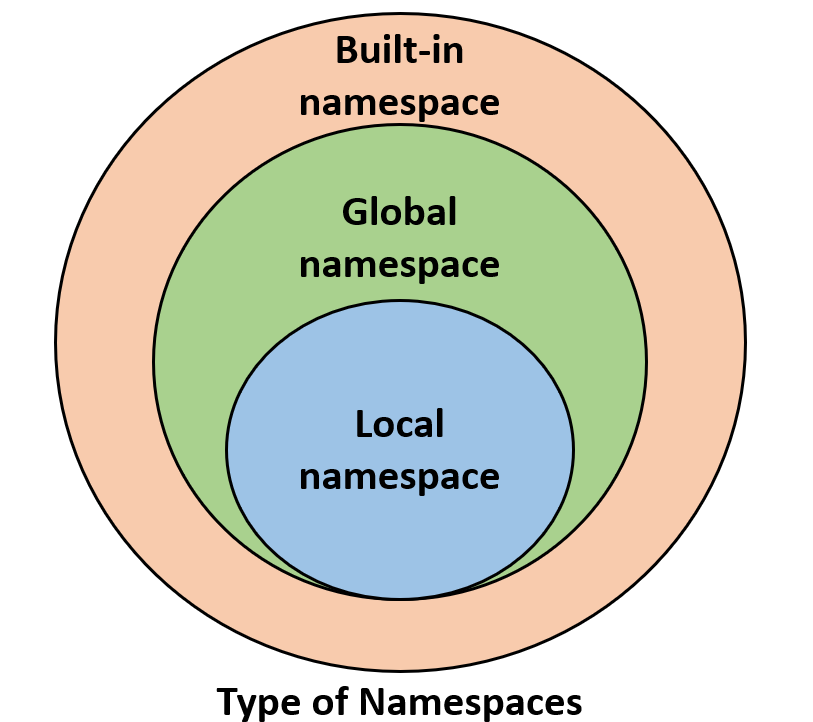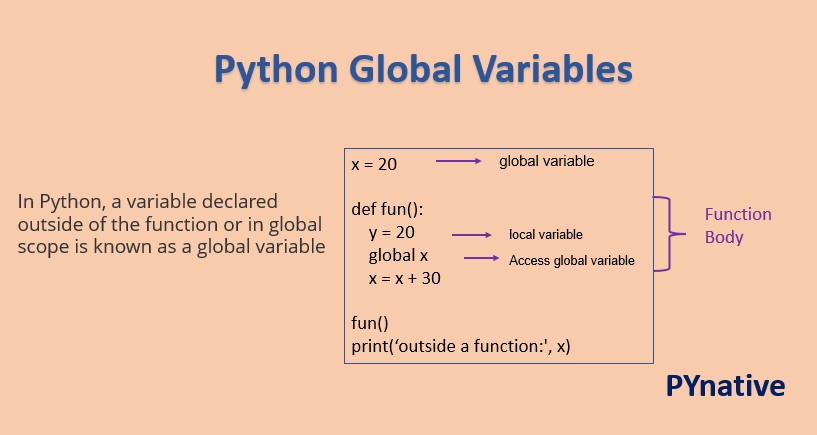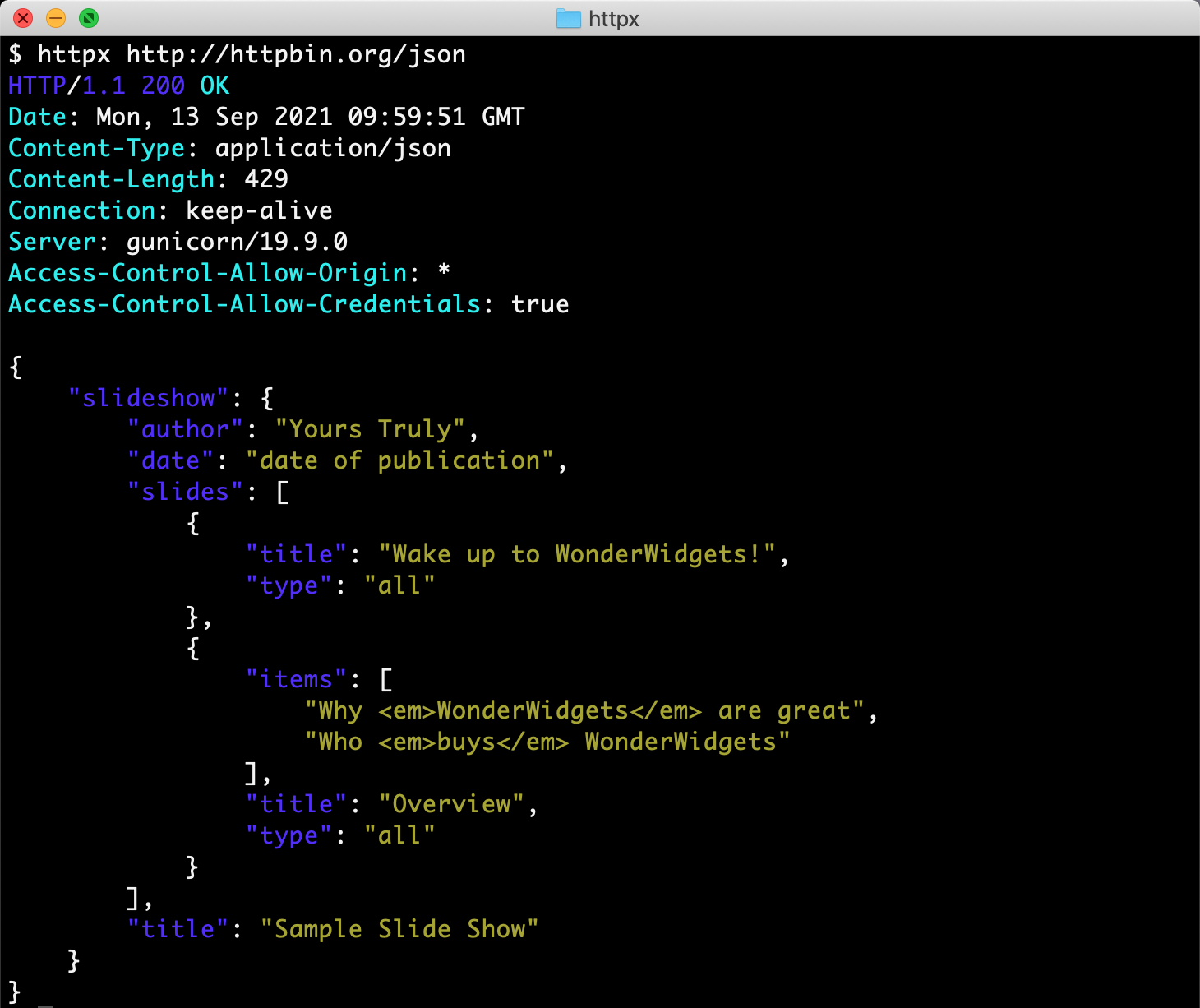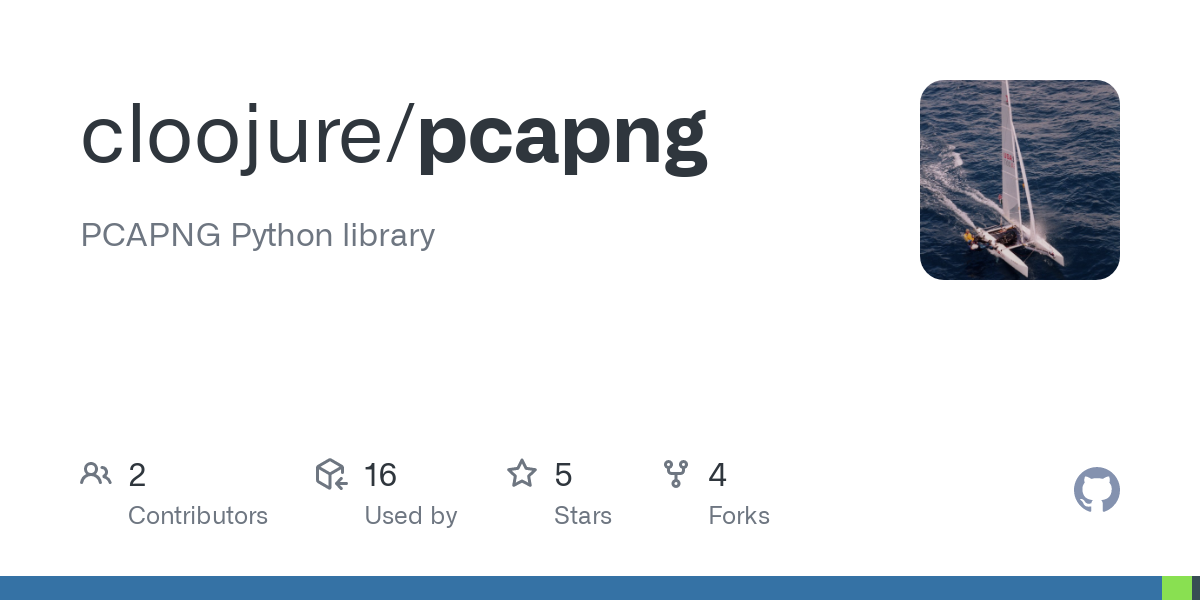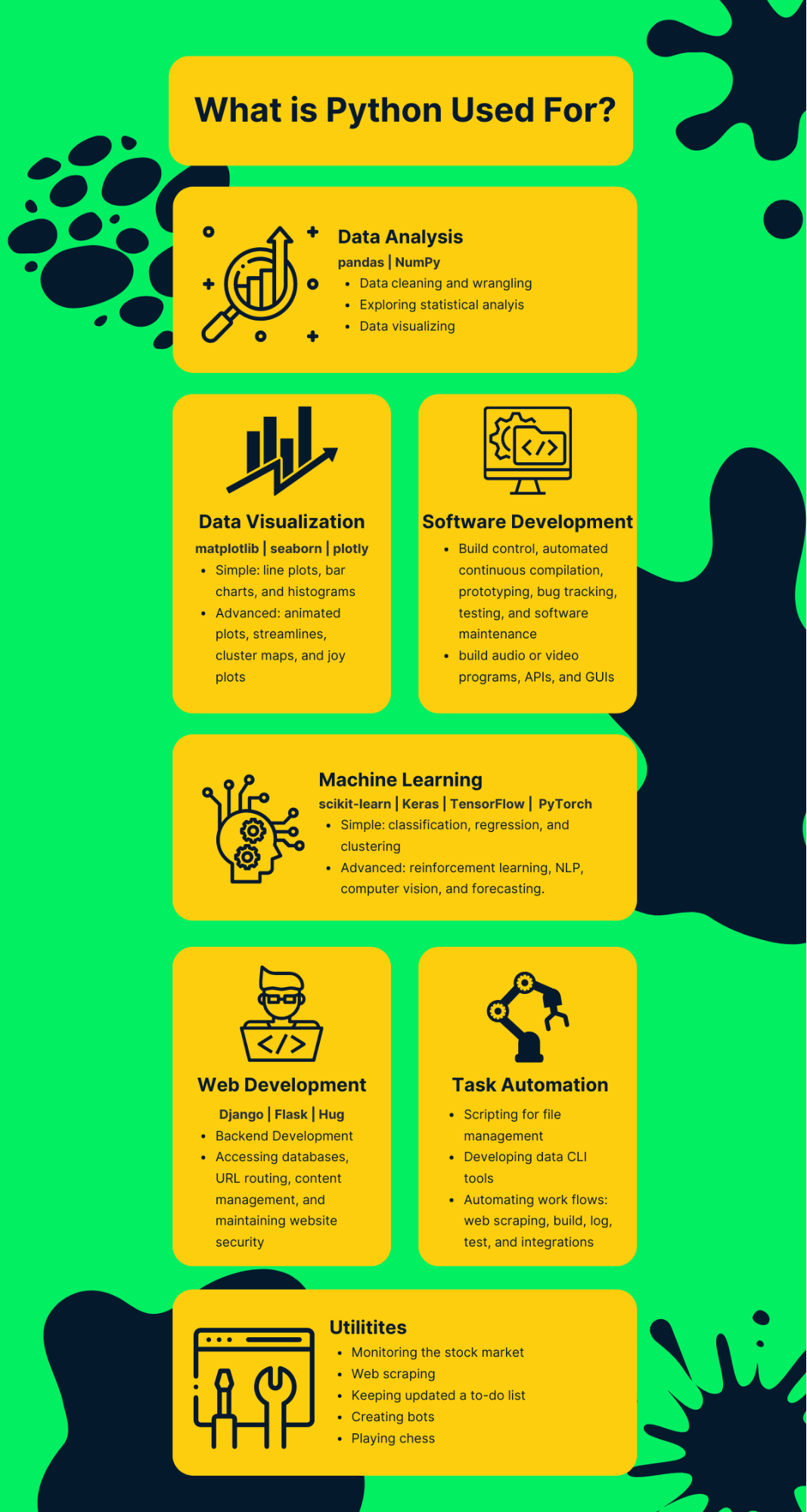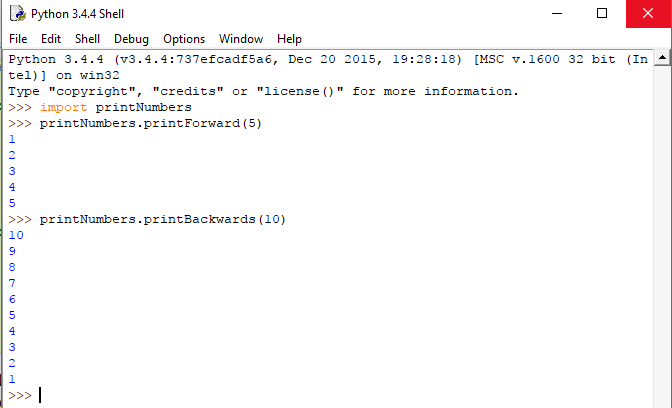What is the difference in list comprehension Python?
What is the difference in list comprehension Python?
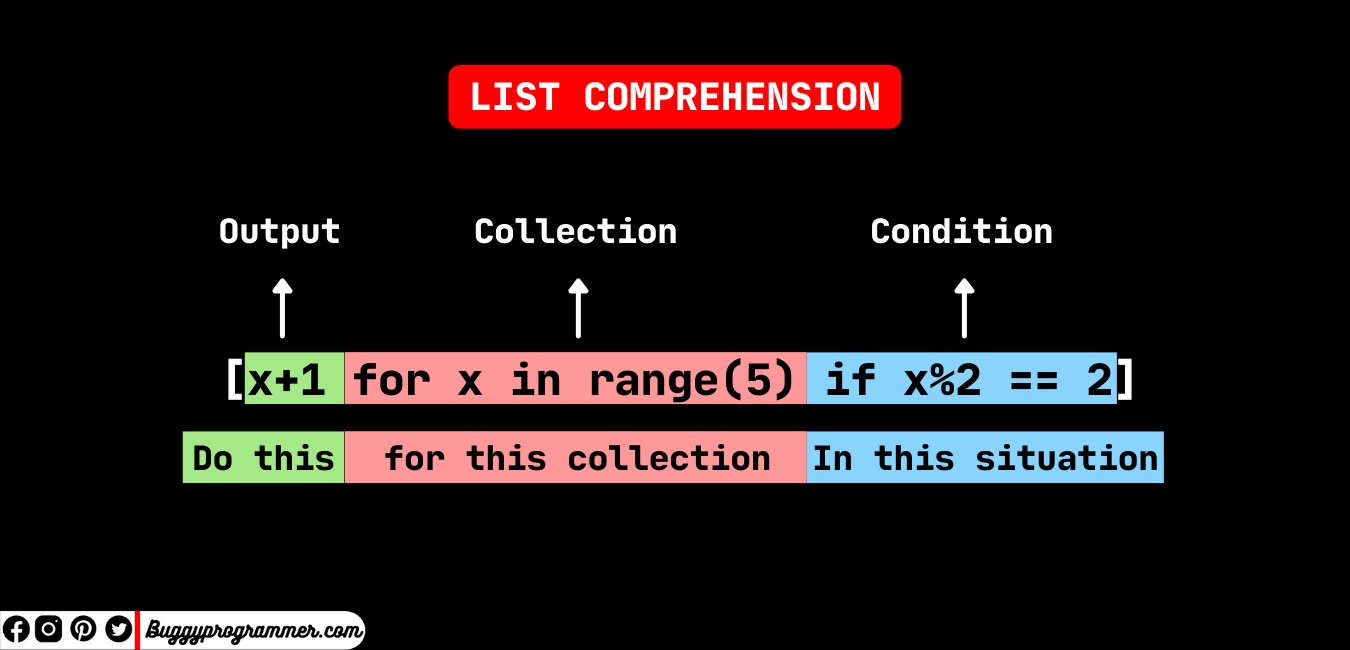
I'm glad you asked!
List comprehension is a powerful feature in Python that allows you to create new lists from existing ones with a concise syntax. It's often used when working with lists, dictionaries, and other iterable data structures.
What is the difference between list comprehension and for loops?
The main difference between list comprehension and for loops lies in their syntax and readability. Here are some key differences:
Syntax: List comprehensions have a unique syntax that's both concise and readable:[expression for item in iterable]. For loops, on the other hand, require explicit variable assignments and looping statements.
Example:
Readability: List comprehensions are generally more readable than for loops, especially when working with complex expressions or nested iterations.# List comprehension
fruits = ['apple', 'banana', 'cherry']
result = [fruit.upper() for fruit in fruits]
print(result) # Output: ['APPLE', 'BANANA', 'CHERRY']
For loopfruits = ['apple', 'banana', 'cherry']
result = []
for fruit in fruits:
result.append(fruit.upper())
print(result) # Output: ['APPLE', 'BANANA', 'CHERRY']
Example:
Efficiency: List comprehensions are often faster than for loops due to the optimized iteration mechanisms used by Python's interpreter.# List comprehensionnumbers = [1, 2, 3, 4, 5]
result = [x**2 for x in numbers if x % 2 == 0]
print(result) # Output: [4, 16]
For loopnumbers = [1, 2, 3, 4, 5]
result = []
for x in numbers:
if x % 2 == 0:
result.append(x**2)
print(result) # Output: [4, 16]
Example (benchmarking):
Flexibility: List comprehensions can be combined with other control structures, such asimport timeitnumbers = list(range(1000))
List comprehensionstart_time = timeit.default_timer()
result = [x**2 for x in numbers]
print("List comprehension:", timeit.default_timer() - start_time)
For loopstart_time = timeit.default_timer()
result = []
for x in numbers:
result.append(x**2)
print("For loop:", timeit.default_timer() - start_time)
if, elif, and else statements, to create more complex transformations.
Example:
numbers = [1, 2, 3, 4, 5]result = [x if x % 2 == 0 else x**2 for x in numbers]
print(result) # Output: [1, 4, 9, 16, 25]
In summary, list comprehensions provide a concise and readable way to create new lists from existing ones, while for loops offer more control and flexibility. By understanding the differences between these two constructs, you can choose the most appropriate approach for your specific use case.
What are list comprehensions in Python dictionaries?
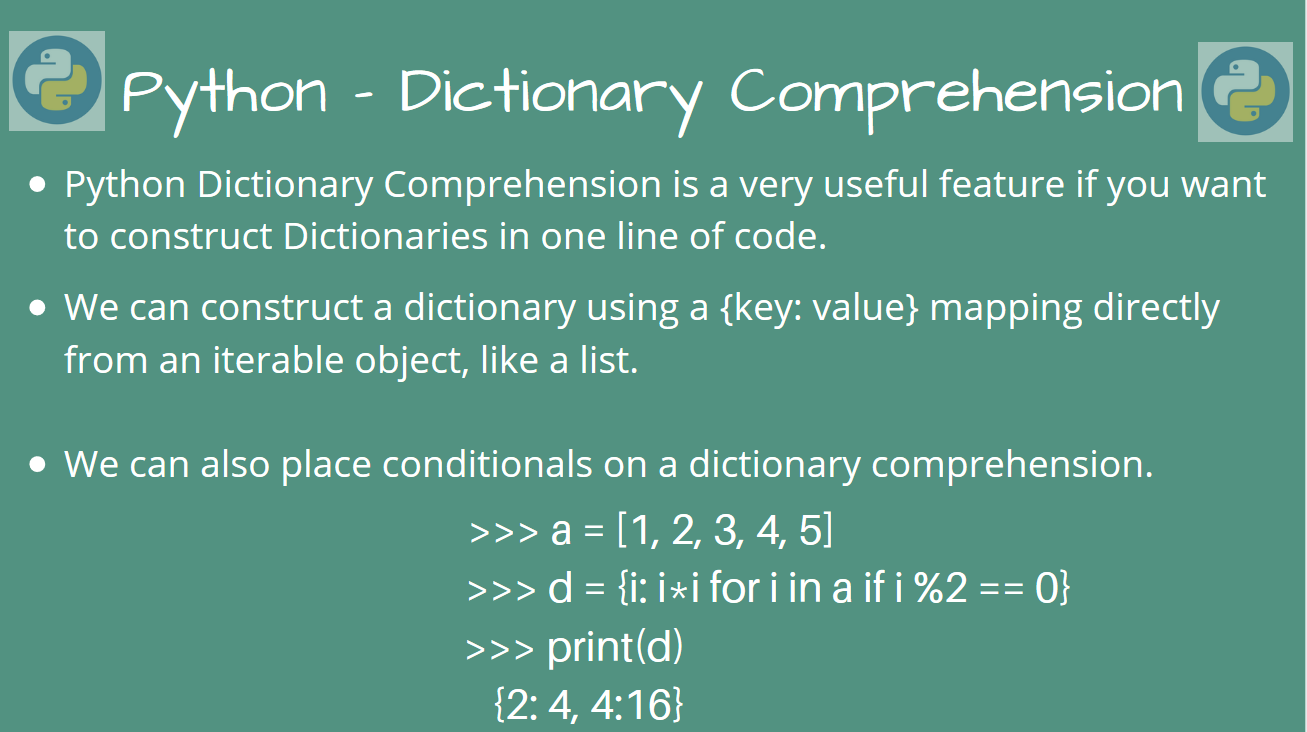
I'm glad you asked!
List comprehensions in Python dictionaries! That's a fascinating topic.
So, what are they? Well, let me explain: a dictionary comprehension is a way to create a new dictionary from an existing dictionary (or other iterable) using the same syntax as list comprehensions. You know how we can use list comprehensions like [(x**2, x) for x in range(5)] to get [0, 1], [1, 4], [4, 9]? Yeah, it's similar, but with dictionaries!
Here are some examples to illustrate this:
# Example 1: Create a new dictionary from an existing one
old_dict = {'a': 1, 'b': 2, 'c': 3}
new_dict = {k.upper(): v for k, v in old_dict.items()}
print(new_dict) # Output: {'A': 1, 'B': 2, 'C': 3}
Example 2: Filter keys and values
d = {'a': 1, 'b': 2, 'c': 3}
new_dict = {k: v for k, v in d.items() if k.startswith('a')}
print(new_dict) # Output: {'a': 1}
Example 3: Create a new dictionary with transformed values
d = {'a': 1, 'b': 2, 'c': 3}
new_dict = {k: str(v).upper() for k, v in d.items()}
print(new_dict) # Output: {'a': '1', 'b': '2', 'c': '3'}
See how it works? You can use dictionary comprehensions to create new dictionaries based on existing ones, filter keys and values, or transform values in various ways. It's like a superpower for working with dictionaries!
Now, you might be wondering when to use dictionary comprehensions versus regular dictionary creation (like dict()). Well, here are some scenarios:
dict()) when: You have key-value pairs as separate variables and want to combine them into a dictionary. You need to create an empty dictionary with specific initializers (like {}).
There you go! Dictionary comprehensions in Python are an incredibly powerful feature for working with dictionaries. I hope this explanation has enlightened you on how to harness their power!
Happy coding, my friend!
